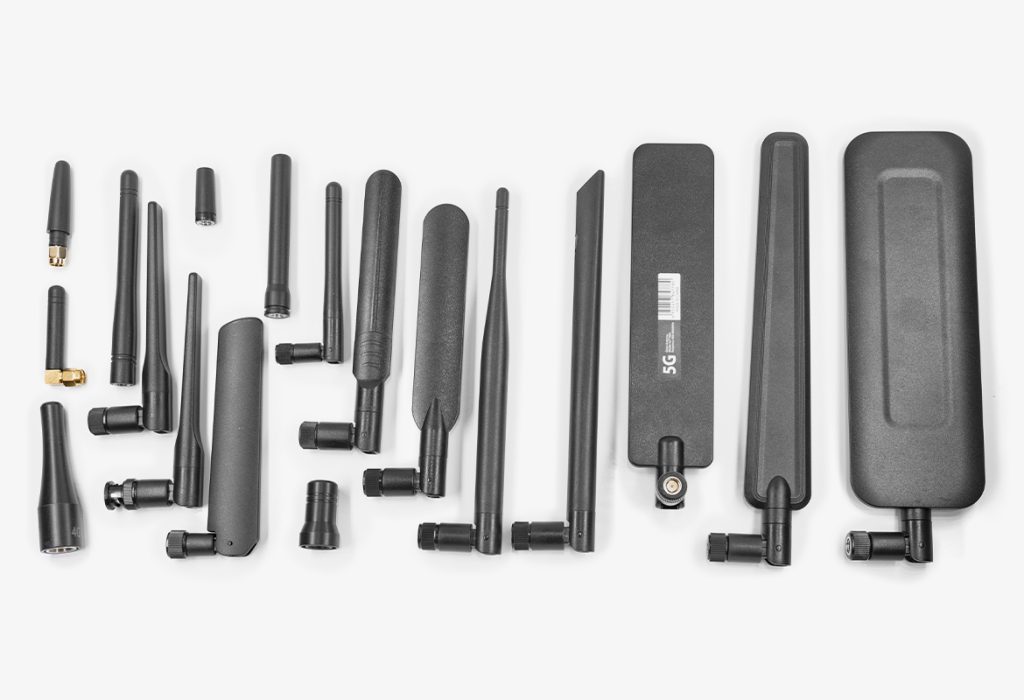Whip antennas are a type of antenna that has gained popularity due to their simplicity and effectiveness. These antennas are often used in various communication devices, including radios, mobile phones, and other wireless technologies. But what exactly makes whip antennas so effective? In this article, we will delve into the science behind whip antennas, exploring their design, functionality, and applications.

Understanding Whip Antennas
Whip antennas are typically characterized by their long, flexible structure. They are often made from materials such as metal or fiberglass, which allow them to be both lightweight and durable. The basic principle behind whip antennas is that they operate as a resonant antenna, meaning they can efficiently transmit and receive electromagnetic waves.
- Length and Frequency: The length of a whip antenna is crucial as it is typically a quarter of the wavelength of the frequency it is designed to transmit or receive. This relationship is essential for optimal performance.
- Polarization: Whip antennas are usually vertically polarized, which means they are most effective at receiving signals that are also vertically polarized.
- Impedance: The standard impedance of whip antennas is often around 50 ohms, making them compatible with most radio equipment.
How Do Whip Antennas Work?
Whip antennas function by converting electrical energy into electromagnetic waves and vice versa. When an alternating current flows through the antenna, it generates an electromagnetic field. This field propagates through space, allowing the antenna to transmit signals. Conversely, when electromagnetic waves hit the antenna, they induce a current that can be processed by the connected device.
Have you ever wondered why whip antennas are so versatile? Their design allows them to be used in various applications, from handheld radios to vehicle-mounted antennas. The flexibility of whip antennas also means they can be easily adjusted or repositioned, enhancing their usability in different environments.
Applications of Whip Antennas
Whip antennas are employed in numerous fields, showcasing their adaptability and effectiveness. Some common applications include:
- Communication Devices: Whip antennas are widely used in handheld radios, walkie-talkies, and mobile phones.
- Automotive Applications: Many vehicles utilize whip antennas for GPS and radio reception.
- Amateur Radio: Enthusiasts often use whip antennas for their ease of installation and performance.
- Wireless Networking: Whip antennas can enhance the range and quality of wireless networks.
Choosing the Right Whip Antenna
When selecting a whip antenna, consider factors such as frequency range, length, and material. Each of these elements can significantly impact performance. For those looking for high-quality whip antennas, you can explore options at  .
.
In conclusion, whip antennas are an essential component of modern communication technology. Their unique design and functionality make them suitable for a wide range of applications. By understanding the science behind whip antennas, users can make informed decisions about their use and implementation in various devices.














